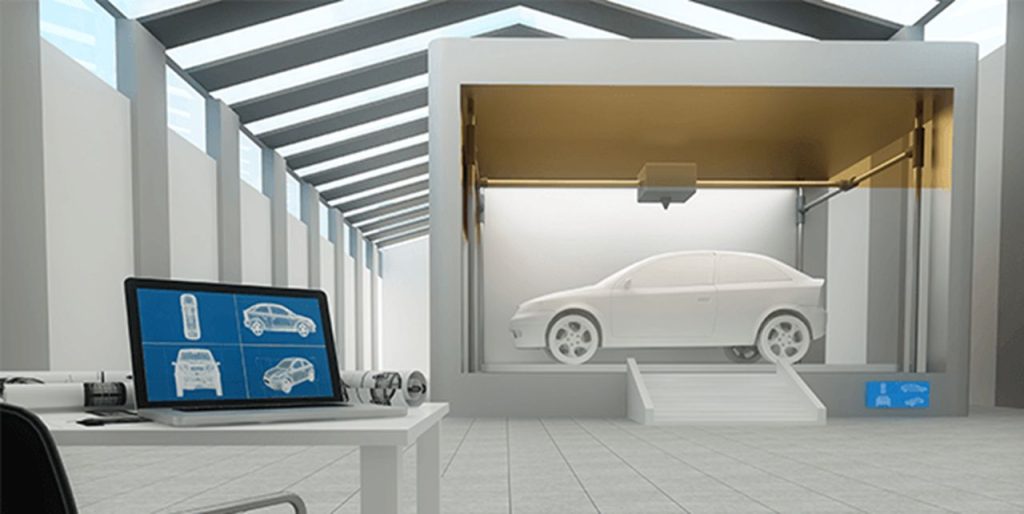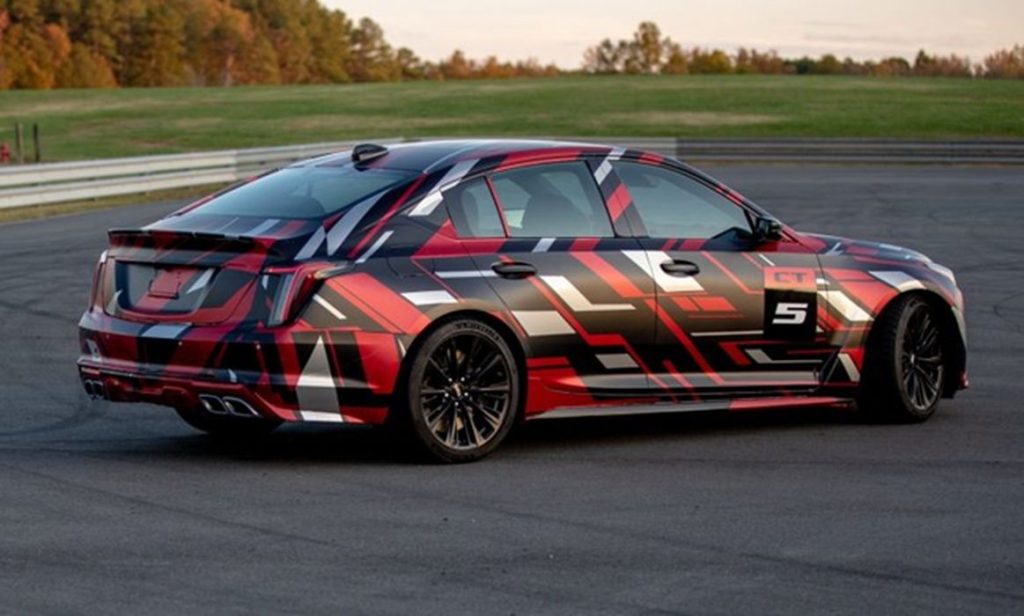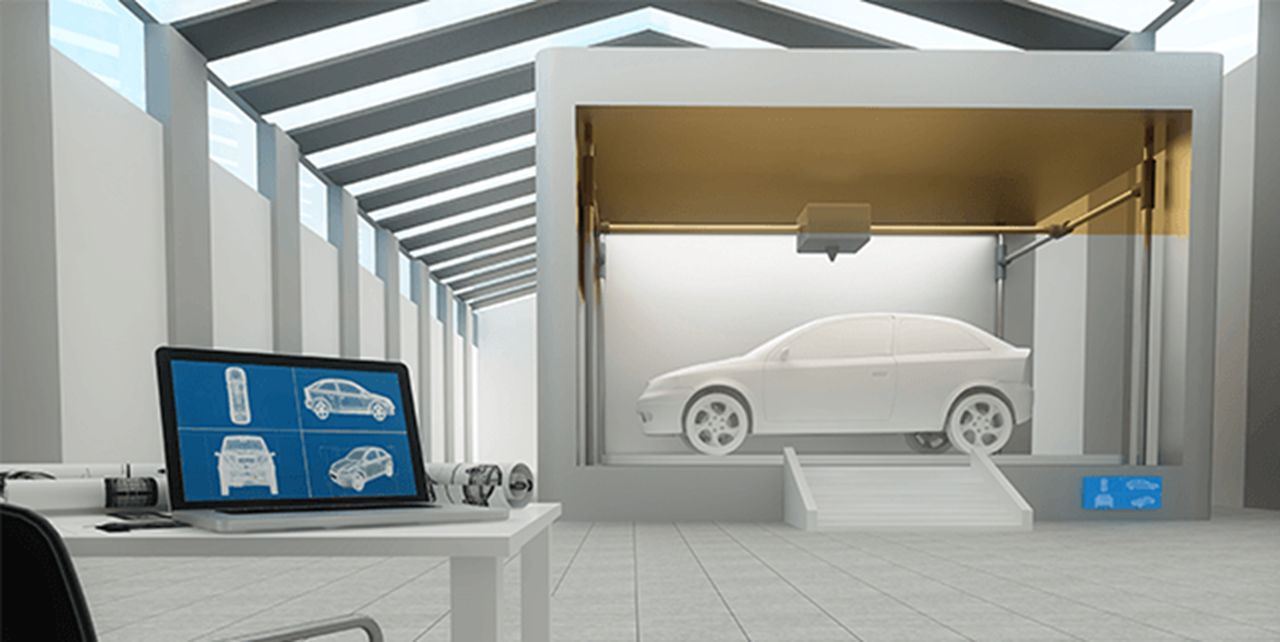
Charles R. Goulding and Ryan Donley look at how certain advanced automobile manufacturers are now leveraging 3D printing.
The automotive industry is experiencing a severe conflux of challenges ranging from inflation pressure and supply chain disruptions to consumer demand. Recent events such as Ford halting deliveries amid their blue badge shortage and the long-standing semiconductor issues have raised concerns about the industry’s future outcomes. We have covered the automotive industry extensively and have observed that companies involved in high levels of innovation and especially 3D printing have positioned themselves well to combat the issues plaguing the industry.
There have been several recent examples of the key leading automotive brands expanding their 3D printing capabilities such as Cadillac (GM), BMW, Porsche, Volvo, as well as some new entrants like Hyliion and Rivian. By expanding products and processes, these companies have been successful in delivering flagship models as well as rolling out new models.
Cadillac

Cadillac recently announced the production of their V-Series Blackwing models will be the first in the GM vehicle production lines to have functional 3D printed parts featured. Two HVAC ducts, an electrical harness bracket and a medallion for the shifter knob will all be 3D printed and critical for reducing costs and waste as well as maintaining production levels.
BMW
Recently BMW developed and implemented a pilot production line that utilizes metal 3D printers and automation technologies that has been pronounced a success so far. BMW has said that around 50,000 components per year can now be produced effectively with the additive manufacturing line in addition to 10,000 new parts using metal powder and bed fusion.
Porsche
Throughout 2022, Porsche has made tremendous strides in 3D print technology. Porsche is in the process of going public with an IPO spinoff from its parent Volkswagen. Porsche has invested significantly in 3DP startups such as Airtech and Seurat Technologies to further enhance their additive manufacturing capabilities. Porsche has been primarily utilizing 3D printing in prototyping and mockups, but recent developments are steering the company towards highly advanced product development for its manufacturing lines.
Volvo
Volvo has drastically enhanced its manufacturing process by using 3D printers to produce tools and fixtures needed rapidly produce parts. The company has leveraged advanced additive manufacturing processes to re-tool and develop unique composite structures and concept car designs.
Hyliion
Hyliion is a new player in the industry that has garnered the attention of the likes of GE who traded 3D printed generator technology for a stake in the company. The generator technology is poised to attempt and bring hydrogen-powered technology center stage as Hyliion recently launched their Hypertruck ERX for preorder, an all-electric semi-truck.
The Research & Development Tax Credit
The now permanent Research and Development (R&D) Tax Credit is available for companies developing new or improved products, processes and/or software.
3D printing can help boost a company’s R&D Tax Credits. Wages for technical employees creating, testing and revising 3D printed prototypes can be included as a percentage of eligible time spent for the R&D Tax Credit. Similarly, when used as a method of improving a process, time spent integrating 3D printing hardware and software counts as an eligible activity. Lastly, when used for modeling and preproduction, the costs of filaments consumed during the development process may also be recovered.
Whether it is used for creating and testing prototypes or for final production, 3D printing is a great indicator that R&D Credit eligible activities are taking place. Companies implementing this technology at any point should consider taking advantage of R&D Tax Credits.
Conclusion
The automotive industry is advancing the applications of 3D printing and pushing the boundaries of what was once possible to stay ahead of challenges in the industry.

